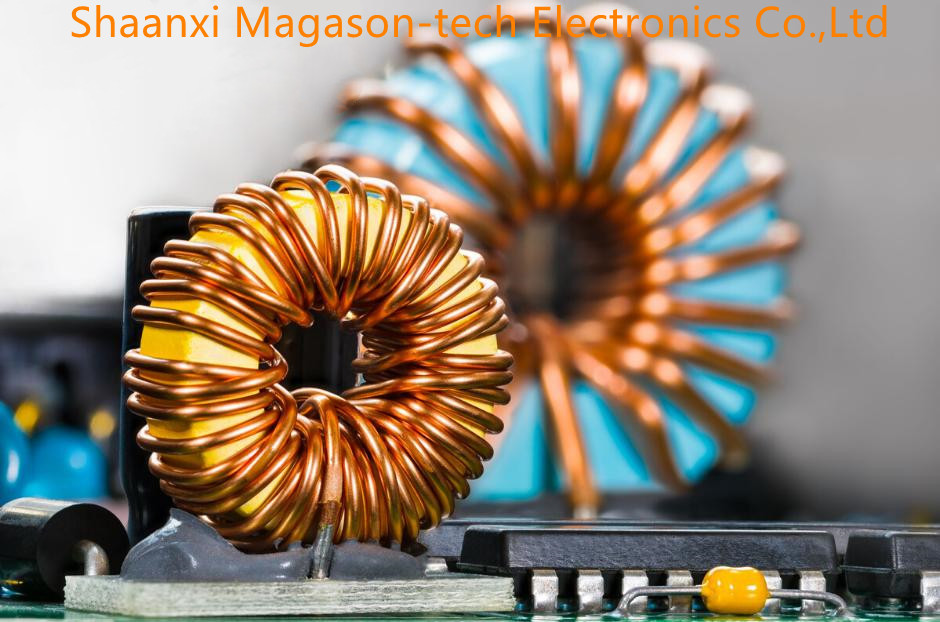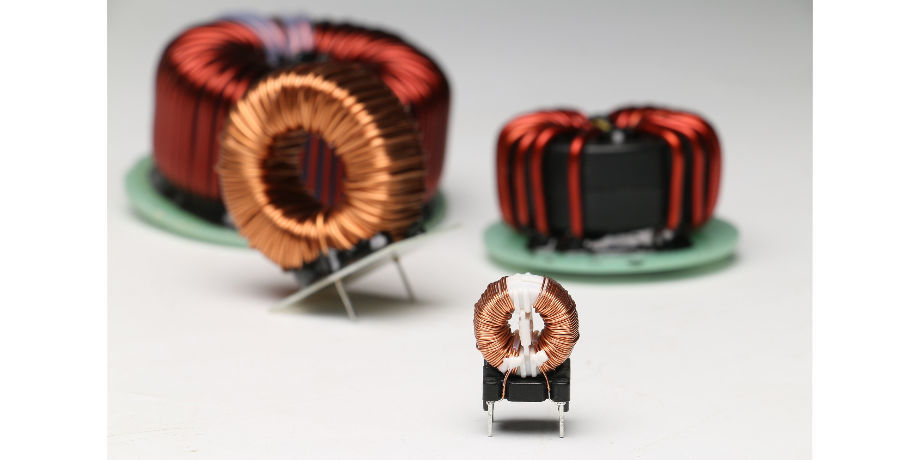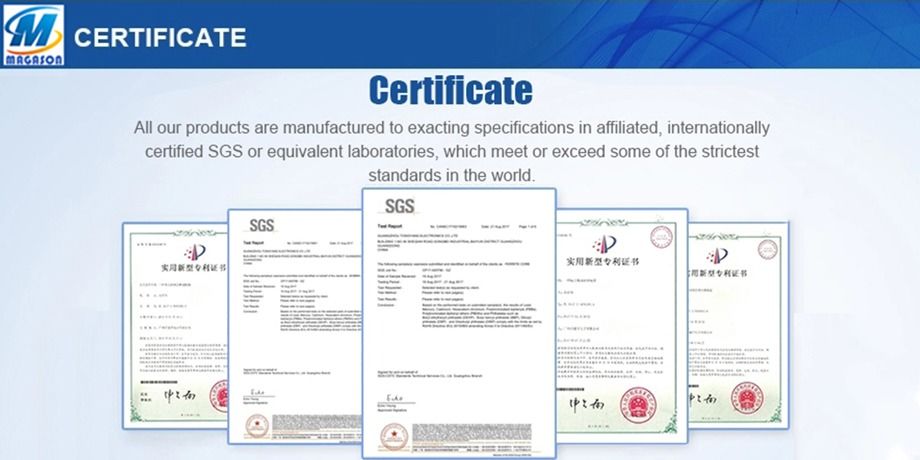Before the pointer multimeter test, first place the multimeter in a horizontal state and regard whether the needle is at zero (refer to the zero point of current and voltage scale). If not, adjust the “mechanical zero adjustment†below the meter to point the pointer to zero. . Correctly select the measurement items and range switches on the multimeter. If the magnitude to be measured is known, then the magnitude range corresponding thereto is selected. If you do not know the magnitude of the measured value, you should start from the selection of the maximum range. When the pointer deflection angle is too small to accurately read, the range is reduced. Generally, the pointer deflection angle is not less than 20% of the maximum scale as a reasonable range.
Voltmeter use
The multimeter is connected to the circuit under test. When measuring the DC voltage, pay attention to the polarity of the voltage at the point to be measured, that is, the end where the red meter is connected to the high voltage and the black meter is connected to the low voltage. If you do not know the polarity of the measured voltage, you can try it according to the test method when measuring the current. If the pointer is deflected to the right, you can make a measurement. If the pointer is deflected to the left, the red and black test leads can be changed. measuring. The internal resistance of the measuring circuit is very large, and the internal resistance of the voltmeter is required to be large, so that the measurement accuracy is high. In this case, you need to switch to a multimeter with higher voltage sensitivity (more internal resistance) to measure. When measuring the AC voltage, it is not necessary to consider the polarity problem, just connect the multimeter to the two ends to be tested. In addition, it is generally not necessary to use a multimeter or a high voltage sensitivity multimeter. The internal resistance of the AC power supply is smaller than the glue. It is worth noting that the measured AC voltage can only be a sine wave, and its frequency should be less than or equal to the allowable operating frequency of the multimeter, otherwise a large error will occur. Do not dial the range selector switch when measuring a higher voltage (such as 220v) to avoid arcing and burn out the contacts of the transfer switch. When measuring a high voltage greater than or equal to 100v, it is necessary to pay attention to safety. It is best to first fix the meter to the common circuit of the circuit under test and then use another meter to touch the other test point. If the range is not enough, you need to change the other file. The other multimeter is only suitable for measuring the volume level. If there is DC voltage on the circuit, you must also connect a 0.1uF/450V capacitor in series to measure the DC and measure it. When the voltage in the circuit is required, the multimeter must be disconnected and then turned off after the measurement. Otherwise, when the power is turned off, the high voltage may be generated due to the self-inductance of the inductive components in the circuit, which may burn the multimeter.
Ammeter use
When the multimeter is connected in series with the circuit under test, pay attention to the direction of the current. That is, the red meter pen is connected to one end of the current flowing in, and the black meter pen is connected to the end from which the current flows. If you do not know the direction of the current being measured, you can connect a test lead at one end of the circuit, and the other test pen gently touches the other end of the circuit. If the pointer swings to the right, the wiring is correct; if the pointer is to the left Swing (below the zero point), indicating that the wiring is not correct, the two test leads of the multimeter should be replaced. When the pointer deflection angle is greater than or equal to 20% of the maximum scale, try to use a large number of files. Because the larger the range, the smaller the shunt resistance, the smaller the equivalent internal resistance of the ammeter, and the smaller the error introduced by the circuit under test. When measuring a large current (such as 500mA), do not dial the range selection switch during the measurement to avoid arcing and burn out the contacts of the transfer switch.
Common Mode Choke (line Filter)
Common mode choke coils are used to suppress common mode noise. This type of coil is produced by winding the signal or supply wires one ferrite core. Since magnetic flux flows inside the ferrite core, common mode choke coils work as an inductor against common mode current. Accordingly, using a common mode choke coil provides larger impedance against common mode current and is more effective for common mode noise suppression than using several normal inductors.
Customized High Current 1mh Choke Coil Toroidal Inductor Common Mode Inductor
Common mode Inductor, also known as common mode choke, is commonly used in computer switching power supplies to filter common mode electromagnetic interference signals. In the board design, the common mode inductor also acts as an EMI filter to suppress the electromagnetic radiation generated by the high-speed signal line from radiating outward.

Toroidal Inductors are used for applications that include current sense transformers, common mode inductors, switching regulator inductors, input filter inductors, and more. These inductors provide excellent value - they are generally smaller in size and cost less than other inductors.
Toroidal Inductors provide a number of advantages over other inductor varieties, which include:

|
T38×19×13 |
||
|
Dimention(mm) |
Pin Quantity(pcs) |
Pin Array(mm) |
| 50*35*53 | 6 | 18/25 |
| Resistance(MAX) | Inductance | Test Condition |
| L1-2=L4-3=L5-620mΩ | L1-2=L4-3=L5-6=1.0mH MIN 100K,1V | 100KHZ/1V |



FAQ
1-MOQ?
We will work hard to fit your MOQ .Small purchase quantity is ok.
2-Payment term?
T/T, Western Union, Paypal, Credit Card
3-Delivery port?
Shenzhen, Guangzhou, Zhongshan, Hongkong.
4-Shipping date?
About 7 days when we check the payment.
5-Do you produce the core and bobbin by yourself .
Yes.we have 2 head company,1 subsidiary company.one is bobbin factory,one is core factory,last one is transformer factory.
6-Where is your factory?
In ShaanxI
Common Mode Choke,Toroidal Inductor Choke,Common Mode Choke Coils,High Power Toroidal Inductor
Shaanxi Magason-tech Electronics Co.,Ltd , https://www.magason-tech.com
